Diving into Heat’s Usage of Double Drag Ball Screens
Erik Spoelstra and the Miami Heat are known for being pretty creative offensively, especially when the post-season comes around to surprise opposing teams’ defensive scheming.
Another thing to note about the actions they base things around is that they aren’t afraid to take chances. Just look back at the sharpshooting undrafted player, Duncan Robinson, who immediately transformed the way the offense was being ran.
If Spoelstra and company can do that with limited resources, it just makes you think about the creative scheming that will occur this upcoming season with plenty of versatile players who carry different strengths.
So, in this new series, I will be diving into a different offensive set every single day, highlighting the reasons it can be so effective and which players will be utilized within it.
We’re going to be starting out with a personal favorite, double drag, due to the fact it maximizes the skill-sets of the current squad. A high-level catch and shoot guy, multiple facilitators to run the set, corner spacers, and a dynamic and athletic roller.
We’ve seen it with this team in past years, but there’s no doubt in my mind the frequency of it will increase majorly next season. So let’s take a look into why it should be used exactly….
As you’ve seen with Miami in recent years, there’s not one way to run double drag in terms of spacing. They’ve always pretty much had diversity in play set-up, but there was never any diversity in who was running it.
Looking at the clip above, we see Goran Dragic setting up the action with Duncan Robinson about to pop out and Bam Adebayo ready to roll. But when dissecting these plays, the effectiveness is always about the players outside of the action.
With this specific spacing, Dragic is flowing into the side of the floor that Kendrick Nunn and Kelly Olynyk are setting up shop, meaning the options are either a lob to Adebayo or a corner kick-out.
And well, everything revolves around that corner shooter.
We’ve seen these type of sets being run in the past with Andre Iguodala waiting in the corner, but that was pretty much a signal for the defender to become a premium tagger, daring the ball-handler to make that kick-out.
Even with Olynyk on this play, there’s a little more reluctancy. He recovers late for the contest and Olynyk buries it, which is why a lot of this will revolve around the corner shooting of PJ Tucker.
If that corner triple is falling for him consistently throughout the season, this action will be pretty close to unstoppable for opposing defenses due to their being zero weaknesses in the specific positioning.
Now, it’s not always about the ball-handler flowing into the two shooters, since positioning can always be flipped. Take a look at this screen-shot above, and you can pretty much tell why I don’t love this type of spacing for Miami.
Butler would flow into an empty corner with the hope a 2 on 1 will be forced with him and Adebayo, but that just isn’t likely. Layers were added to this play, ending in an eventual Robinson three, but the point is that baseline defender can cheat over as the other weak-side defender slides down.
Basically, it doesn’t maximize this team’s skill-set as much. If they had a speedy guard who can turn the corner with some explosiveness, that’s a different story. But they have two ball-handlers, in Butler and Kyle Lowry, who just want time to dissect defenses instead of getting out in front.
Before looking into another form of double drag above, it should be mentioned the different ways players can be utilized.
Of course Robinson will exclusively be a popper in this set, but there’s ways to mix him around a bit. Putting him in the action pulls defenders away when he slips the screen, but allowing him to sit in the corner will do wonders as well.
Allow the team’s three best players to navigate the defense, while Robinson sits in the corner daring his man to duck down even in the slightest fashion. We all know Robinson is Erik Spoelstra’s weapon, which is a main reason this action makes so much sense at a higher frequency level.
Now, the addition of Lowry makes things much more interesting. Butler and Lowry can switch off being the ball-handler in this set, and there’s a case to be made for both of them.
Using Butler as the ball-handler means that Lowry can be used as a popper/corner spacer, which definitely makes the most sense. If you’re sticking Butler in the corner, the free-lance tagging begins to occur which makes things quite pointless.
With that said, Lowry feels like the guy who will be running it more in the big picture. It’s the perfect go-to when Butler takes a quick breather, and allows Lowry to play to his strengths for possible above the break pull-up threes or simple lobs.
Anyway, back to the original clip above, it’s once again a bit different than the last. Instead of packing one side of the floor, they put one player in each corner, which is a sign that they’re confident in that open corner three.
The corner kick-out is usually the end result if the defense doesn’t have a miscue, but as seen above, that’s exactly what happens. LeBron James makes sure to communicate he’s staying on Robinson, which is most team’s main focus, but the other two defenders go to Butler. Olynyk slips, Butler feeds, and it ends in 2 points.
The original point of double drag ball screens are early offense. It’s kind of the initial call when flowing down the floor, waiting for this type of miscommunication to occur. But could we see it go from early offense to late-game offense?
Absolutely.
While it’s used mostly in the first half of the shot-clock, it may be a go-to down the stretch of games this season.
And after Miami has had some trouble recently with their back against the shot-clock, early offense will be key for them, which will be a big part of Lowry’s job to begin the season. He may be a veteran, but he plays at a fast pace.
Loading...
Adding a point guard wasn’t just to set up specific players on the perimeter or alley-oops to Adebayo. It was to take control of offense in this way so Butler doesn’t constantly have to.
Since I’ve continued to bring up the point about “adding layers” to these things in a Heat offense, here’s a glimpse of how that could look.
A lot of times in this action, the initial double drag can be used as a distraction for the off-ball movement that’s being set-up on the weak-side. In the clip above, this is an example why they may not always put Robinson in the screening role.
After Reggie Jackson goes through the two screens, Kawhi Leonard is setting a pin-down for Paul George to fly off of. In this case, Robinson would be playing the George role.
And well, that probably would’ve been more than enough room for him to fire for a good look. But aside from that, this is why the Heat will need that one-dribble pull-up option from Robinson. When defenders are running at full speed for the expected movement shot from deep, that simple combo changes the game for these type of layers.
This is also stuff I see them running for Herro, due to the fact it could get him flowing downhill without needing an on-ball screen. Giving him the reigns to the bench unit is one thing, but giving him actions that he’s comfortable in will be even better for him, which will consist of him running double drag screens as the ball-handler as well with the reserves.
I could go on all day about the different things they can, or will, add on to this, but you probably get the idea: offensive weapons = very good things.
It’s not the easiest thing in the world to run a high-level motion offense without a true point guard, but that hole has finally been filled. And now, Spoelstra can open up the play-book exactly the way he likes to.
Everything Tradeshows is a one-stop-shop for trade show exhibit rentals and custom exhibit display purchase solutions to companies of all sizes.
Visit them at EverythingTradeShows or call 954-791-8882
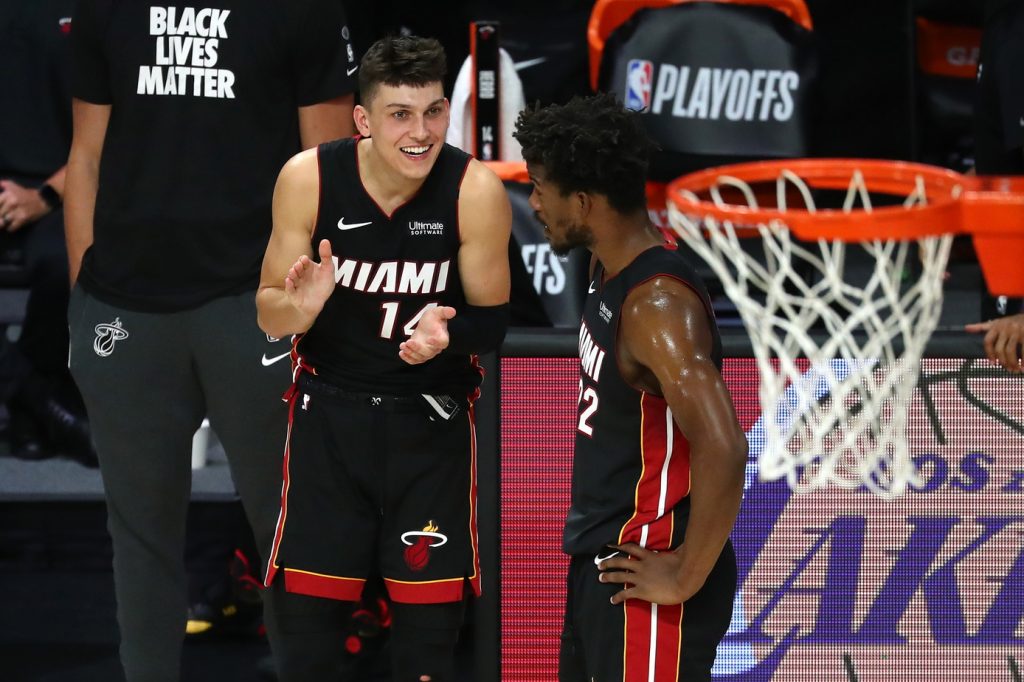
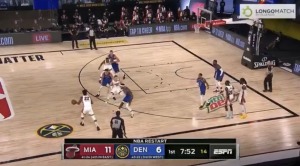
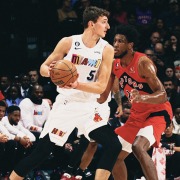
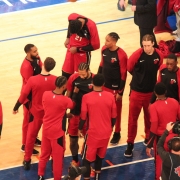
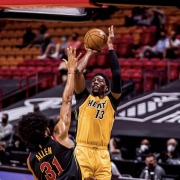
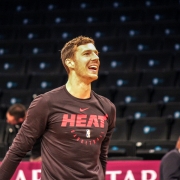
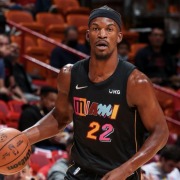
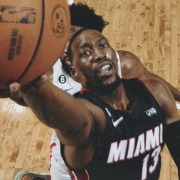


Leave a Reply
Want to join the discussion?Feel free to contribute!